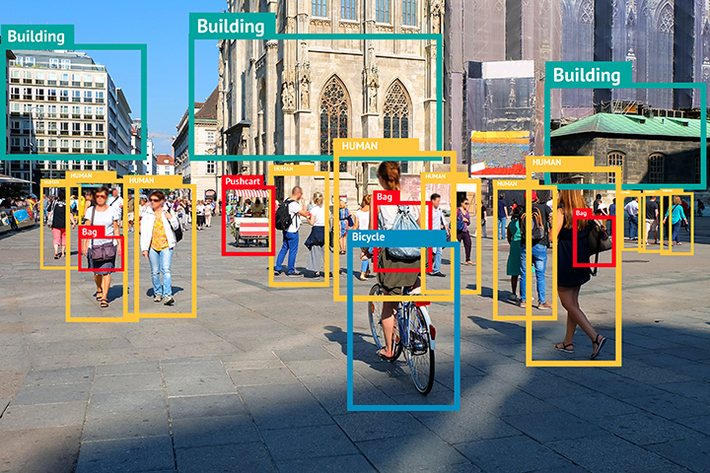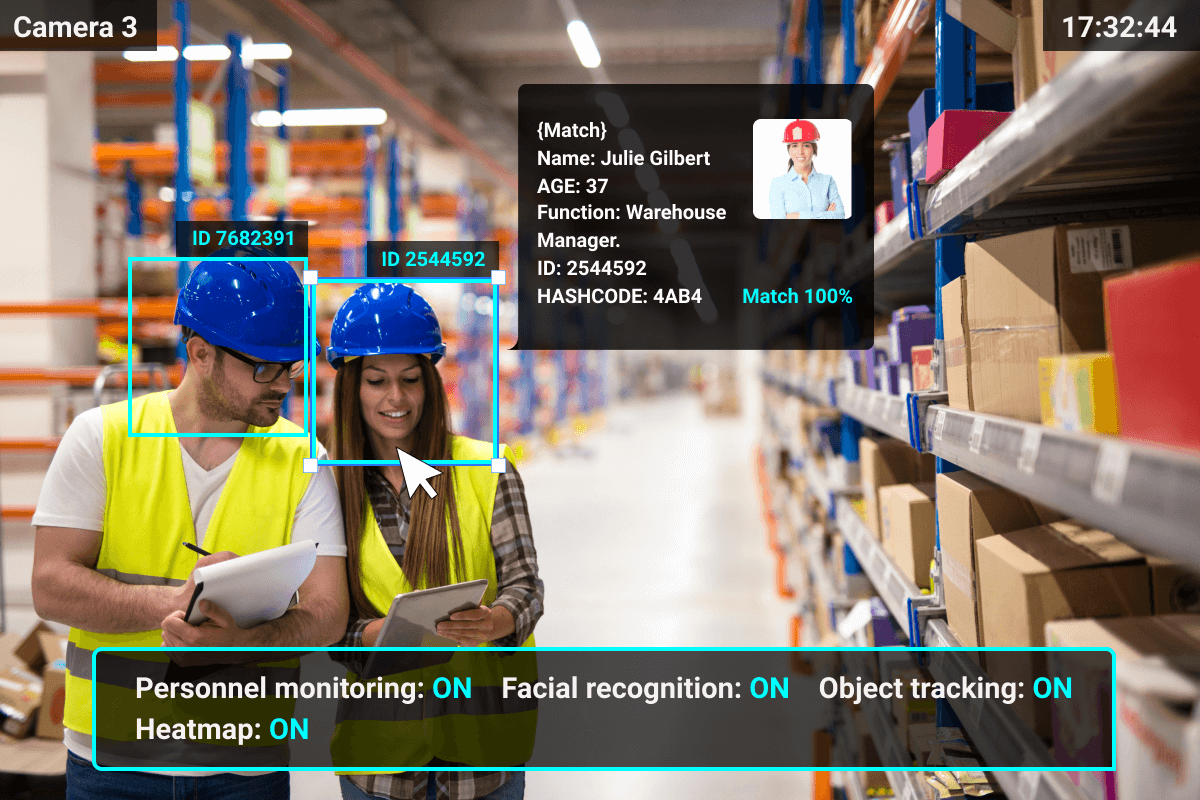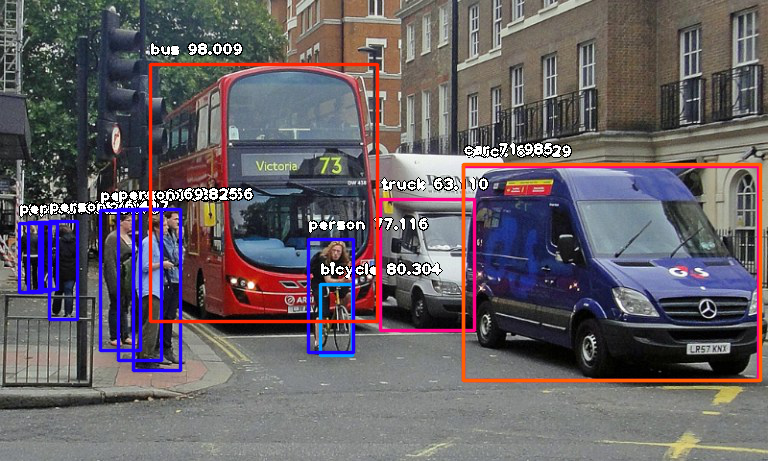In today’s digital age, images are a fundamental part of our daily lives. Whether it’s on social media, e-commerce platforms, or even security systems, images play a crucial role in conveying information. However, managing and analyzing vast amounts of visual data manually can be a daunting task. This is where image detection AI comes into play. By leveraging advanced machine learning algorithms, image detection AI has revolutionized the field of visual recognition, enabling automated and accurate analysis of images. In this article, we will explore the applications, benefits, and prospects of image detection AI.
Understanding Image Detection AI

What is Image Detection AI?
Image detection AI refers to the application of artificial intelligence and machine learning algorithms to identify and recognize objects, patterns, and features within digital images. It involves training a model using large datasets to enable accurate classification, localization, and detection of objects within images.
How Does AI Image Detection Work?
Image detection AI utilizes deep learning techniques, particularly convolutional neural networks (CNNs), to process and analyze visual data. These networks are designed to mimic the human visual system, allowing them to learn and extract meaningful features from images. Through a process called training, the AI model learns to differentiate between various objects and patterns, enabling accurate detection and recognition.
Applications of AI Image Recognition
E-commerce and Product Recognition
In the e-commerce industry, image recognition AI plays a vital role in improving the user experience. By accurately recognizing products within images, AI-powered systems can automatically tag and categorize items, making it easier for users to search and discover products. Additionally, image recognition AI enables augmented reality (AR) applications, allowing customers to visualize products in their environment before making a purchase.
Medical Imaging and Diagnostics
Image detection AI has transformed the field of medical imaging, aiding in the early detection and diagnosis of diseases. By analyzing medical images such as X-rays, MRIs, and CT scans, AI algorithms can identify anomalies, tumors, and other abnormalities with high accuracy. This technology helps radiologists and healthcare professionals make more informed decisions, leading to improved patient outcomes.
Autonomous Vehicles and Traffic Monitoring
Autonomous vehicles heavily rely on image recognition AI for object recognition and scene understanding. Cameras mounted on vehicles capture real-time images, which are then processed by AI algorithms to identify and track objects like pedestrians, vehicles, and traffic signs. This enables autonomous vehicles to navigate safely and make informed decisions in complex driving environments. Image detection AI also plays a crucial role in traffic monitoring systems, helping detect traffic congestion, accidents, and violations.
Security and Surveillance Systems
Image detection AI has revolutionized security and surveillance systems, enhancing public safety and threat detection. AI-powered cameras can analyze live video feeds, automatically detecting suspicious activities, unauthorized access, or objects of interest. By alerting security personnel in real time, these systems enable proactive response and prevent potential security breaches.
Benefits of Computer Vision Image Recognition

Increased Efficiency and Productivity
Image detection AI significantly enhances efficiency and productivity in various industries. By automating the analysis of large volumes of images, businesses can save time and resources, allowing employees to focus on more complex tasks. In industries like e-commerce and healthcare, AI-powered systems can handle repetitive image recognition tasks with greater speed and accuracy than humans.
Improved Accuracy and Precision
One of the key advantages of image detection AI is its ability to achieve high levels of accuracy and precision. AI models are trained on massive datasets, enabling them to identify and classify objects within images with exceptional accuracy. This reduces the risk of errors and ensures reliable results, particularly in critical applications such as medical diagnostics and security systems.
Cost Savings and Resource Optimization
By automating image analysis, image recognition AI can lead to significant cost savings and resource optimization. Businesses can reduce the need for manual image processing, which can be time-consuming and prone to human error. Additionally, AI-powered systems require less physical infrastructure compared to traditional methods, resulting in cost savings and improved scalability.
Enhanced Safety and Security
Image detection AI enhances safety and security by providing real-time monitoring and threat detection capabilities. Surveillance systems equipped with AI algorithms can quickly identify potential risks and alert security personnel, enabling timely intervention. This technology is particularly valuable in public spaces, airports, and critical infrastructure, where proactive security measures are essential.
Challenges and Future Trends
Data Privacy and Ethical Considerations
As image recognition AI becomes more prevalent, concerns regarding data privacy and ethical implications arise. It is crucial to handle and store image data securely, ensuring the protection of an individual’s privacy rights. Additionally, the responsible use of AI technology, such as avoiding biases and discriminatory outcomes, should be a priority when developing image detection AI systems.
Overcoming Complex Image Recognition Tasks
While image detection AI has achieved remarkable progress, certain complex image recognition tasks remain challenging. Examples include detecting objects in cluttered or occluded scenes, recognizing fine-grained details, and understanding contextual information. Continued research and advancements in AI algorithms will be instrumental in addressing these challenges.
Integration with Augmented Reality (AR) and Virtual Reality (VR)
The integration of image recognition AI with augmented reality (AR) and virtual reality (VR) holds tremendous potential. By combining AI-powered image recognition with AR/VR technologies, immersive experiences can be created, enabling users to interact with and manipulate virtual objects in real-world environments. This convergence opens up new possibilities in gaming, training simulations, and virtual collaboration.
Advancements in Deep Learning Techniques
The field of deep learning is rapidly evolving, and image recognition AI stands to benefit from future advancements. Techniques like generative adversarial networks (GANs), reinforcement learning, and transfer learning offer promising avenues for further improving the accuracy, robustness, and generalization capabilities of AI models. Continued research and innovation in these areas will drive the future growth of image detection AI.
Case Study: Transforming Retail with Image Detection AI
A leading global e-commerce platform was facing some challenges in providing seamless shopping experiences. And managing vast inventories efficiently, and enhancing customer engagement. So, they decided to implement an AI-powered image detection system to improve product discovery, streamline inventory management, and enhance customer satisfaction.
Challenges Faced by the E-Commerce Platform
- Inefficient Product Search & Discovery
- Customers were facing challenges to reach the products by the text search. Ending up reaching wrong items and abandoned carts.
- The wrong spelling and incorrect queries led to inccourect results for the customers.
- Manual Tagging & Categorization
- The tags were put on manually by employees, and products were categorized manually. Leading to many human errors in the final results.
- With the increase in the inventory, keeping up with the products was becoming harder for the company.
- Increasing Customer Expectations
- The competitors were implementing an AI-driven solution for the search. This leads to making the tradition keyword research outdated.
- The customers were expecting to have more personalized recommendations. And visual search capabilities in the platform.
- High Return Rates
- The return rate was high, as the customers were buying based on wrong and unclear descriptions.
- The lack of visual verification tools and methods was leading to inmate the expectations of the customers.
Solution: AI-Powered Image Detection & Recognition
To manage these challenges, the company decided to implement an AI-driven recognition system.
- Visual Search for Seamless Shopping
- The customers were able to search by the product image. And the AI will provide them with the product or semellar to it.
- This technology improved the customers’ expreences through the shopping process.
- Automated Product Tagging & Categorization
- The AI was able to identify the main characteristics of the iteam like color, material, and style. To be able to categourize it accurately.
- This reduces the dependency on manual tagging, which reduces the time spent in this process.
- Augmented Reality (AR) Integration
- The AR allowed the customer to visualise the products in their environment before purchasing them.
- This led to a 30% reduction in the return rate by 30% by the customers.
- AI-Driven Fraud Detection & Quality Control
- The system was able to detect the low-quality images to make sure to keep the same high quality across all the products.
Lessons Learned & Future Outlook
- High-Quality Data is Essential
- The AI system depends on well-labeled data and many training systems.
- Customer Education Boosts Adoption
- Many customers weren’t aware of the visual search features.
- Educating the customers through pop-up messages is essential for increasing the usage of the features.
Conclusion
In conclusion, image detection AI has revolutionized the field of visual recognition, empowering businesses and industries to achieve greater efficiency, accuracy, and safety in analyzing and interpreting visual information. The applications of image detection AI span various sectors, from e-commerce to healthcare, autonomous vehicles to security systems. The potential for growth and innovation in this field is immense.
If you’re ready to explore the benefits of image detection AI for your organization, we invite you to request a demo from AIM Technologies. Our experienced team is dedicated to showcasing the capabilities and potential of our advanced machine-learning algorithms tailored to your specific needs.
FAQs
1. Can image detection AI accurately identify objects in complex scenes?
- Yes, image recognition AI algorithms are designed to handle complex scenes and can accurately identify objects even in cluttered or occluded environments.
2. Is image recognition AI only limited to static images?
- No, image recognition AI can also analyze live video feeds in real-time, making it suitable for applications such as surveillance and autonomous vehicles.
3. How does image recognition AI impact the e-commerce industry?
- Image recognition AI improves the e-commerce experience by enabling automatic product recognition, tagging, and augmented reality visualization, leading to enhanced user engagement and sales.
4. What are the ethical considerations associated with image recognition AI?
- Ethical considerations include ensuring data privacy, avoiding biases and discrimination, and responsible use of AI technology to prevent any misuse or harm.
5. What are some future trends in image recognition AI?
- Future trends in image recognition AI include integration with augmented reality and virtual reality, advancements in deep learning techniques, and addressing complex image recognition challenges.




